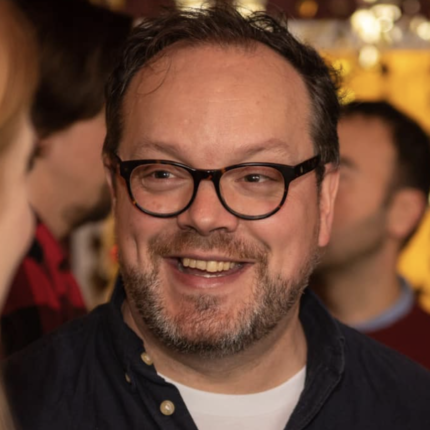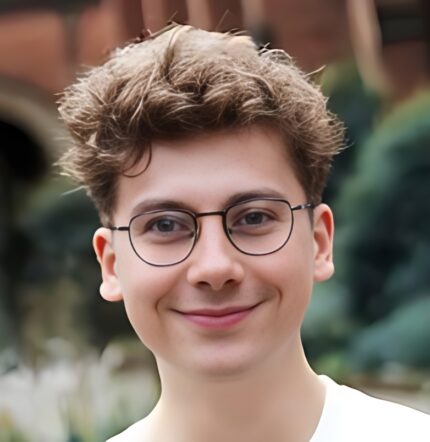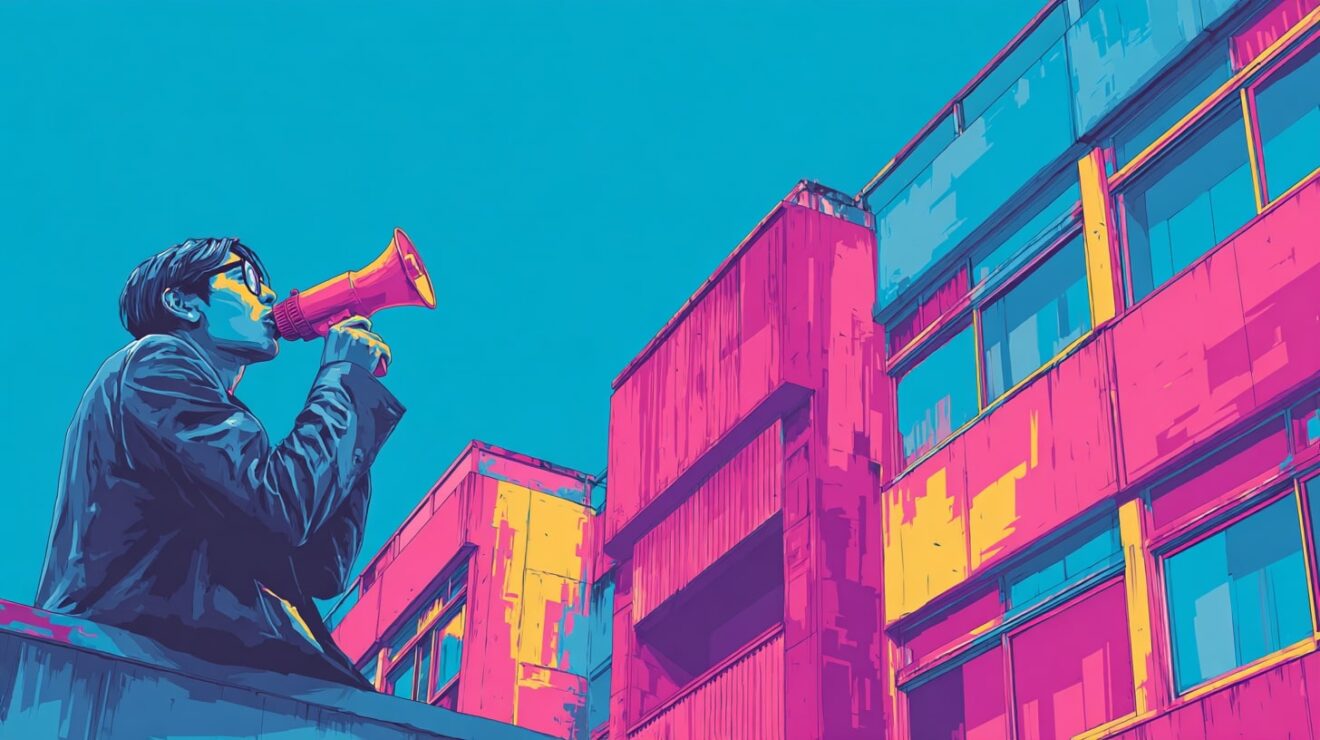It really is hard to convey in writing the sheer scale of the Mlyny student complex, a few miles out from the Slovakian capital of Bratislava – especially since the main part of the city is so small.
Located in the district of Karlova Ves, the name translates as “Mill Valley,” reflecting the area’s historical roots in agriculture and milling.
Construction began during the socialist era in the 1960s and 1970s – at the time, Slovakia was part of Czechoslovakia, and the government placed huge emphasis on expanding access to higher education.
In 1971 the regime announced that:
The selection of applicants must clearly be political in character. . . . We make no secret of the fact that we want to do this at the schools in a manner that will guarantee that future graduates will be supporters of socialism and that they will place their knowledge at the service of socialist society.”
This was the “principled class approach” – a complex set of criteria that purportedly reflected a student’s “talent, interest in the chosen field, class origins, civic and moral considerations, social and political activism of the parents, and the result of the admission examination.”

Universities in Bratislava, particularly Comenius University, required large-scale housing to accommodate the growing number of students, many of whom came from outside the capital – and rather than mix students in with the locals, the idea was to construct a utopian self-contained city for students to live and learn in.
The place oozes soviet functionality – huge dormitory blocks with basic facilities that followed the utilitarian style of the time, with concrete panel construction that prioritised efficiency and capacity over aesthetics. Bits of it are today are closed or in dire need of renovation. But at roughly 80 Euros a month, who’s complaining?

As early as 1982, students were “packed like sardines” into overcrowded buses from Mlyny to the city – in 2003, a clever campaign from the national union set a world record for the number of people who could fit into a double-articulated bus. 358, or what SRVS called “everyday reality”.
Bus route 39 is even the source of several Slovak jokes:
A 31 collides with a 39 and there are 500 dead on the spot, how is that possible? One bus was empty.
How many students can fit in a 39-inch? One more.
Excuse me, could you please tell the person below you that the person above me wants to get off at the next stop?
What do points make
It was one of the places we visited on Day Two of the Wonkhe SUs study tour to the Visegrad countries, where a bus full of student leaders and SU staff are on a five day tour of over 30 students’ unions, guilds, associations, and infrastructure organisations.
Fascinatingly, that points system that used to be used for admission is still in use for getting into dorms like those at Mlyny across the former Soviet countries. There students can get points for academic attainment, contributing to student life and being from disadvantaged backgrounds – and while there’s regular rows about the mix of points, the stress on a collective community experience to access rents that low is pretty inspiring.

Discount dorms aren’t the only perk to being a student in Slovakia. When populist PM Robert Fico regained power in 2012, students and their families were on the list of those he wanted to appeal to – and pledged that full-time would be eligible for free train travel.
That’s not to suggest that the student movement is a huge fan of the government – there’s been plenty of protest over the years in Bratislava – but the design of it at every level does emphasise participation and compromise rather than protest.

SRVS – The Student Council for Higher Education – is effectively a sub committee of a body within the ministry, and that’s reflected in universities too. Senates at both university and faculty level have a third students, and they tend to describe themselves as “student chambers” that run stuff like bidding competitions for student activity funds.
It means that what we might think of as a students’ union is pretty non-existent in Slovakia, and while you get the sense that that’s a classic way of “incorporating” representation and suppressing dissent, the stories of influence by student senators and the raft of student rights contained in the country’s legislation suggest huge influence.
Under Act 131/2002 on Higher Education Institutions, students for example have significant flexibility in how they approach their studies. They can choose the pace at which they complete their programme – studying full-time, part-time, or taking a slower progression to balance studies with work or other commitments.
To stay registered as a student (and pull down maintenance scholarship support), students have to be enrolled for between 15 and 30 credits a semester (60 credits a year, 180 or more for a bachelors), and can be a student in that system with free fees for five years.
That means that students who hit a setback, a health problem, need to take time out to earn some extra money or take on a voluntary role in a student association can do so with ease. In England under the coming LLE, ministers will soon have to make a call on how many credits a semester students have to be enrolled for to claim student finance support – on this evidence, less than 30 would make lots of sense.
Ride on time
We often talk about where the scaffolding is for student activity on the site – and the relative lack of it in the UK at subject level.
Študentský parlament Elektrotechnikov a Informatikov, or Student Parliament of Electrical Engineers and Computer Scientists (at the Slovak University of Technology in Bratislava STU) is a good example of what we’ve seen on the tour.
It focuses on connecting students with staff and management at FEI STU and organizing events like technical celebrations, festivals, blood donation drives, and tournaments.
It manages a gym, provides academic advice through a Student Advisor, and runs various commissions focused on sports, PR, IT, and partnerships. Beánia technikov is an annual formal event with a gala atmosphere, dinner, a diverse program with music by renowned Slovak bands, and stand-up comedians as hosts.

FEIstival is a biannual event featuring activities like quizzes, stand-up shows, a black box Q&A with staff (like a town hall meeting), and travel-themed presentations. It includes interactive games, entertainment, and parties with music by TLIS radio DJs, fostering community among students and faculty.
And FEIkárska špekačka is a social gathering held at FEI STU, featuring bonfires, sausage grilling, goulash, and drinks. It provides a fun environment to meet new people and enjoy music and entertainment, often organised during the Summer FEIstival or after freshmen orientation.
It’s got great links to sponsor companies, a really strong representation relationship with the faculty, undertakes significant subject-focussed careers activity and of course is entirely student run. It really does feel like a strategy of generating self-governing community on campus might be best suited to a coherent group of students this size.
We’re off for Pizza now, and then a brutal 7am start to get to Prague for some Velvet Revolution history.























